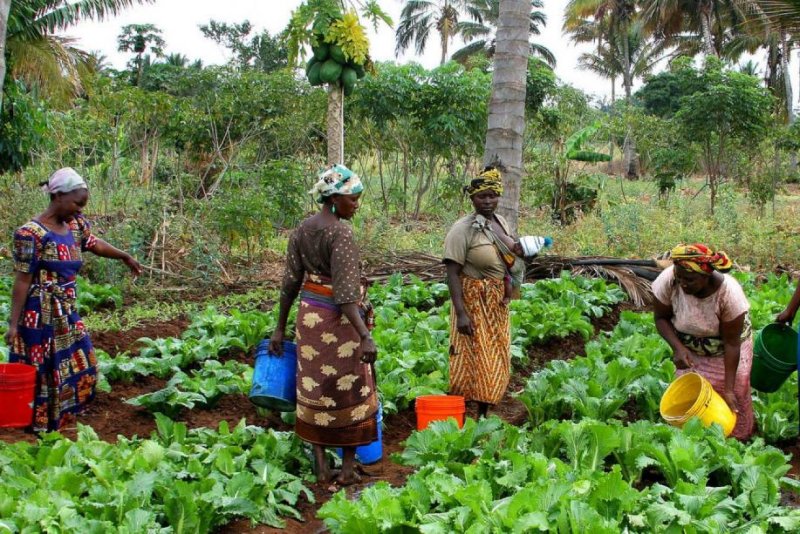Experiments proved the environment benefits when more women are involved in land management decisions. Photo by CU Boulder
March 22 (UPI) -- The planet needs more women decision makers. According to a new study, when women are involved in land-management decisions, groups are more likely to opt for conservation.
Previous studies have showed women tend to support conservation measures and show greater concern for the environment and inequality. However, women are less likely to hold positions of power and be included in decision-making groups.
The latest research, published in the journal Nature Climate Change, suggests women would be able to push for eco-friendly policies if they were involved in decision making.
"When policymakers think about what to do to increase conservation around the world, gender quotas don't even come up as a viable policy instrument," Krister Andersson, a political science professor and researcher at the University of Colorado, Boulder's Institute of Behavioral Science, said in a news release. "This study suggests they should."
For their study, researchers organized land management simulation games in Indonesia, Peru and Tanzania. Local forest users were assembled and tasked with determining how many trees should be harvested from a shared forest.
"We wanted to know what would happen if you offered financial incentives for groups to conserve and made sure at least half the members were women," said Andersson.
Half of the groups featured gender quotas -- the groups had to be at least 50 percent women.
For the first test, participants were asked individually to decide how many trees to cut down. For each tree harvested, participants were given a small payment, five tokens. For the second test, participants were asked to decide as a group how many trees to harvest.
The groups were informed that they would receive 160 tokens by an outside organization if they decided to refrain from harvesting trees, and that an elected group leader would decide how to distribute the tokens.
"We found that the groups with the gender quota reduced their harvesting rate far more when the incentive was introduced and also distributed the payments for conserving more equally," said Nathan Cook, a postdoctoral research fellow at the Institute of Behavioral Science.
There was no difference between the group decisions when no financial incentive for conservation was offered. But when a reward for saving trees was made available, groups in which at least half the participants were female decided to cut 51 percent fewer trees.
"It appears that it is not the gender quota by itself that is making a difference, but rather the combination with the conservation incentive," said Andersson. "Maybe women have stronger environmental preferences but having a seat at the table and a payment for foregoing the immediate benefits of cutting down trees empowers them to act."
Whether a man or woman was elected group leader didn't matter. Women-majority groups with a male leader still conserved trees.
"The big takeaway here is that when it comes to environmental conservation, the presence of women matters," said Cook.
In places where economic growth threatens wild forest acreage, programs called Payments for Ecosystem Services, or PES, are becoming increasingly common. Government gender quotas are also becoming more common. India, Argentina and Rwanda have all instituted gender quotas to boost the number of female representatives in their legislative bodies.















